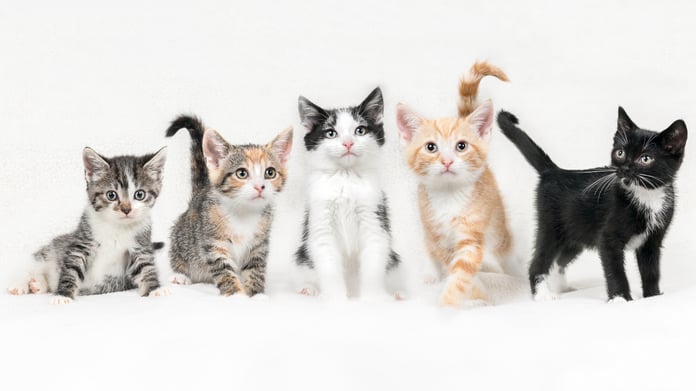It’s 4:00 a.m., and a sharp, unsettling cry from your beloved cat cuts through the silence. It’s not quite a howl, not quite a yowl, but urgent enough to send you fumbling through the dark.
“Is Mittens in pain? Is she hungry? Did she just corner a moth?”
This scenario isn’t unique to the modern era. For generations, cat owners have puzzled over what exactly their pets are communicating. Artificial intelligence might be able to help.
Scientists and developers are using artificial intelligence to decode feline communication, as reported recently in Scientific American. The AI-driven tools analyze everything from pitch and duration to body movement and even vital signs to detect a cat’s intent. This technology can allegedly decipher whether a cat is hungry, annoyed, affectionate, or something in between.
From purrs to patents
In May, Baidu filed a patent for a system that analyzes animal vocalization using a combination of sound, motion, and biometric data. This multimodal approach aims to distinguish not only types of calls but also emotional states, such as fear, urgency, or contentment.
Also in May, a tool called Feline Glossary Classification 2.3 claims it can identify more than 40 types of cat calls across five behavioral categories. This advancement was enabled by deep-learning models trained on spectrogram images of cat sounds.
In 2018, a team trained an algorithm using a feline sound database known as CatSound, reportedly achieving over 90% accuracy in classifying types of vocalizations. This foundational work inspired MeowTalk, a smartphone app that claims to translate meows into phrases like “I’m hungry” or “I’m in pain.”
Meows, spectrograms, and machine vision
So how does all this actually work?
As mentioned, AI turns a cat’s meow into spectrogram — a visual map of audio frequency, pitch, and volume over time. Advanced neural networks then analyze these patterns to match with specific feline needs and intentions. Some systems go a step further, combining sound with data like tail flicks or heart rate to better provide context for the sound.
More than just a gimmick?
While the tech is rapidly improving, experts say expectations should be realistic. AI can help categorize sounds, but animals care about basics — such as food, safety, and play — not complex human concepts. So while an app might tell you “feed me” or “back off,” holding a full back-and-forth conversation between humans and cats is not happening soon.
For this reason, Kevin Coffey, a psychologist behind a machine learning system called DeepSqueak, is a bit skeptical of the claims made by AI companies.
He noted that the “animal communication space is defined by the concepts that are important to [the animals] — the things that matter in their lives,” he said as quoted by Scientific America. “The claims “that we can overlap the conceptual semantic space of the animal languages and then directly translate — which is, I think, kind of total nonsense.”
Coffey does concede that an app or AI can help owners recognize when their cat is hungry or wants attention, but he still doesn’t think it’s that earth-shattering. “We’re already pretty good at that. Pet owners already communicate with their animal at that level.”
Beyond cats
These advancements aren’t exclusive to felines. Similar AI tools have been used to decode the ultrasonic songs of mice and the mimicry behaviors between dogs and horses. As machine learning becomes more sophisticated, researchers are hopeful it can help humans better understand the animals, and perhaps one day, even the wild ones.
Still, whether we’re truly prepared to hear what our cats have to say about us… well, that’s another story.
Read our recent article about the first large audio-language model designed specifically to analyze animal sounds.
